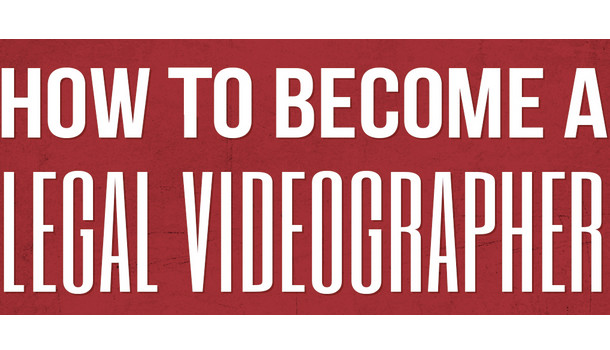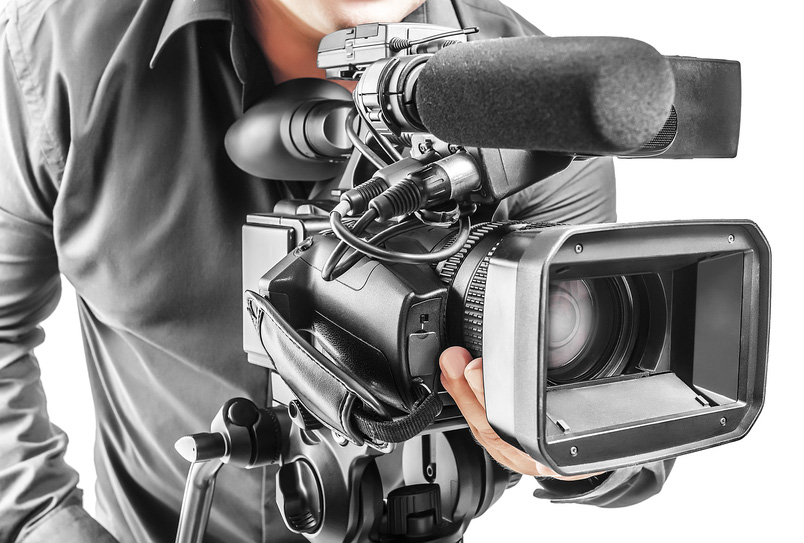The Benefits of Professional Legal Videography in Complex Legal Instances
Key Benefits of Using Videography in Legal Situations
The assimilation of videography in legal cases provides a series of tactical advantages that can substantially affect trial end results. By improving proof discussion and enhancing witness trustworthiness, videography works as a powerful tool to involve jurors and share complicated stories efficiently. This medium maintains vital testaments, guaranteeing that vital details is not lost to memory degeneration. As the lawful landscape continues to progress, the implications of leveraging videography in trial settings merit closer examination, specifically in understanding how these benefits translate into tangible outcomes in the court room.
Improved Proof Discussion
Enhanced evidence discussion via videography has actually reinvented the method legal instances are argued and comprehended in the court. By integrating high-quality video clip recordings right into lawful process, lawyers can convey complex info in an extra appealing and understandable way - Legal Videography. Videography permits the visualization of evidence, making it simpler for courts and courts to grasp the context and value of the provided facts
In addition to improving clarity, videography can also record real-time events, providing an authentic depiction of cases relevant to an instance. This immediacy can dramatically affect the persuasiveness of a debate, as aesthetic evidence commonly resonates extra strongly than composed documentation. Video proof can include essential components such as body language, tone of voice, and ecological factors, all of which add to an extra alternative understanding of the situation.
The use of videography also enables efficient company of proof, enabling attorneys to present their arguments in a logical and meaningful way. By tactically incorporating video right into their presentations, attorneys can assist in a much more reliable analysis of the evidence, eventually causing notified decision-making by the court. The transformative power of videography in legal contexts is both essential and undeniable.
Enhanced Witness Trustworthiness

Video evidence can likewise minimize potential prejudices that may emerge from the witness's look or mannerisms in a real-time setup. By providing a well-produced video clip, legal teams can ensure that the focus stays on the web content of the statement as opposed to additional variables that might threaten trustworthiness. The chance to evaluate recorded declarations can fortify witness uniformity, as disparities can be addressed prior to trial, leading to even more trustworthy testaments.
Additionally, the permanence of videography supplies a safeguard against memory degeneration or misinterpretation gradually. By having a clear, proven account of witness declarations, legal specialists can build a stronger case, strengthening the general credibility of the witness and, subsequently, the integrity of the judicial procedure.
Involving Jury Experience
Videography can substantially raise the jury's engagement throughout lawful procedures. By including top quality video clip discussions, legal groups can record and blog preserve the focus of jurors, transforming complex info right into visually engaging narratives. This interaction is vital, as jurors often have a hard time to soak up thick lawful terms and detailed details offered entirely through typical methods.
Video evidence enables jurors to witness occasions as they unfolded, giving context that composed testimonies might do not have. Making use of dynamic visuals can stimulate psychological feedbacks, making the case extra relatable and unforgettable. Surveillance footage or reenactments can highlight key moments, allowing jurors to picture the evidence in a compelling manner.
Moreover, videography can assist in an extra interactive experience. Jurors can see and listen to witnesses, which adds a layer of authenticity and immediacy that composed transcripts can not reproduce. This multi-sensory approach fosters much deeper comprehension and retention of the here and now product.

Effective Case Storytelling
A compelling story is essential for reliable situation storytelling in the court room. Videography works as an effective device to offer this narrative and craft, engaging the court and enhancing their understanding of the case. By visually depicting the events bring about the legal conflict, videography allows attorneys to highlight intricate circumstances in a relatable and clear manner. This narration method can stimulate psychological actions and foster empathy, creating a deeper link between the case and the jury.
Including components such as witness repairs, animations, and meetings, videography offers a multi-dimensional point of view that typical methods can not accomplish - Legal Videography. This visual representation not just help in clearing up truths however additionally assists jurors retain crucial details. The dynamic nature of video can break down obstacles of understanding, making complex details a lot more obtainable.
Eventually, efficient situation storytelling through videography changes the courtroom experience, enabling lawyers to offer their debates in a persuasive and compelling fashion. By harnessing the power of visuals, attorneys can substantially improve their ability to communicate important stories and achieve favorable end results for their clients.
Preservation of Statements
Protecting here testaments is a crucial aspect of legal proceedings, as the accuracy and stability of witness declarations can significantly affect the end result of a case. Videography serves as an effective device in this respect, ensuring that statements are taped in their original context, therefore minimizing the danger of misconception or distortion in time.
By recording spoken and non-verbal cues, videography offers a detailed account of witness statements, which can be invaluable during trial procedures. This method not just records the web content of the testimony but additionally maintains the demeanor and psychological responses of witnesses, supplying juries a richer understanding of the testimony's credibility and significance.
Furthermore, the usage of videography helps with a more trustworthy review of testimonies throughout pre-trial prep work or post-trial analyses. Lawful experts can revisit taped statements to clear up information, assess incongruities, or develop approaches for cross-examination.
In essence, videography improves the conservation of testaments, promoting a transparent lawful process that can result in even more fair end results. By securing the integrity of witness declarations, lawful practitioners can better advocate for their customers and copyright the principles of visit justice.

Final Thought
In final thought, the integration of videography in lawful cases considerably enhances the presentation of evidence, bolsters witness integrity, and astounds courts via involving aesthetic content. This medium facilitates effective narration, allowing attorneys to convey stories that resonate deeply with decision-makers. Additionally, videography offers as a permanent document of statements, lowering the danger of memory decay. Collectively, these advantages underscore the crucial role of videography in contemporary legal practices, eventually adding to even more informed judicial results.
The assimilation of videography in lawful instances provides a variety of strategic advantages that can substantially affect trial end results.Enhanced evidence presentation through videography has actually revolutionized the means legal instances are suggested and comprehended in the courtroom.Videography can significantly boost the jury's interaction during lawful procedures. By aesthetically portraying the events leading to the legal disagreement, videography allows attorneys to highlight complex scenarios in a relatable and clear fashion.In conclusion, the integration of videography in legal instances substantially boosts the discussion of evidence, reinforces witness reputation, and astounds courts via involving aesthetic web content.